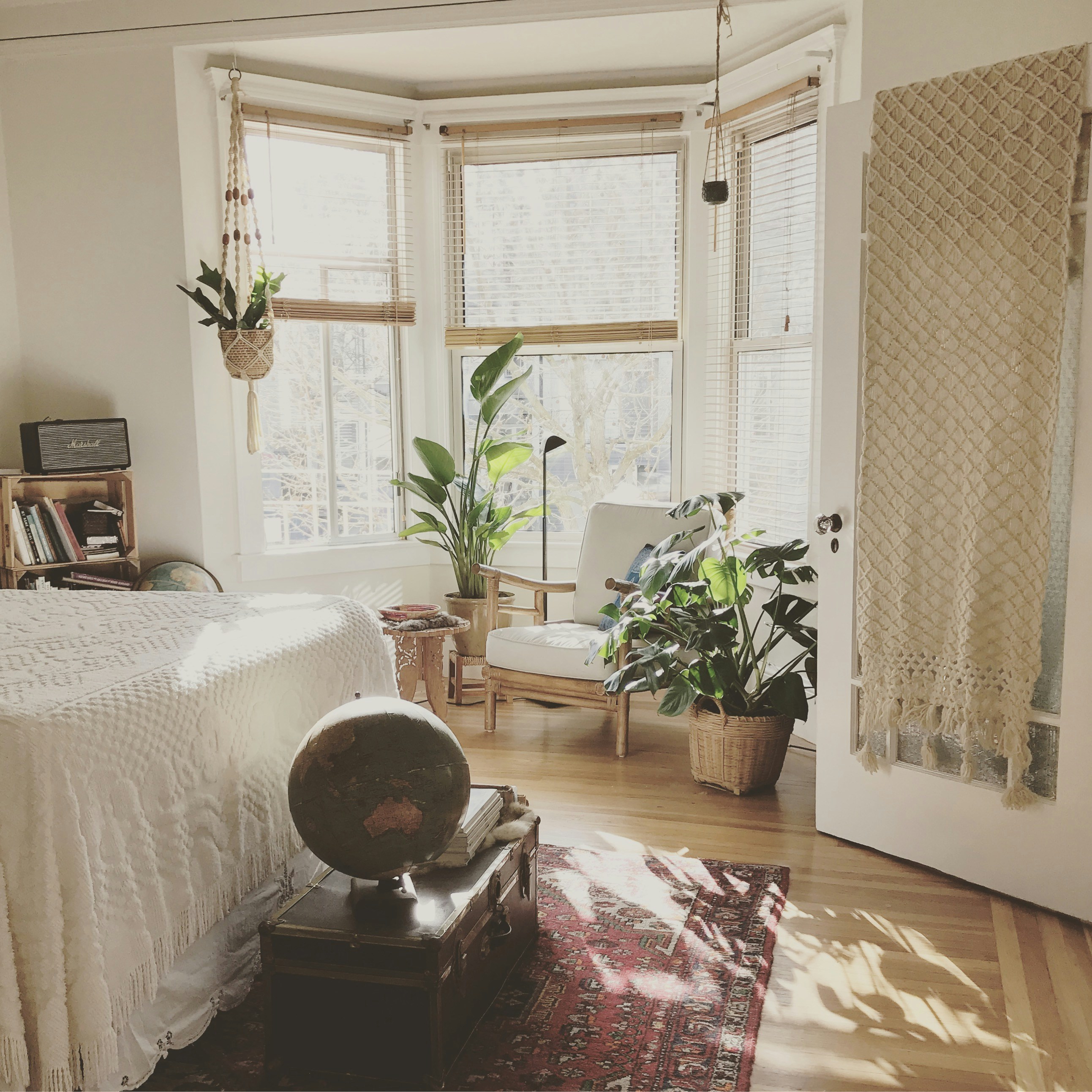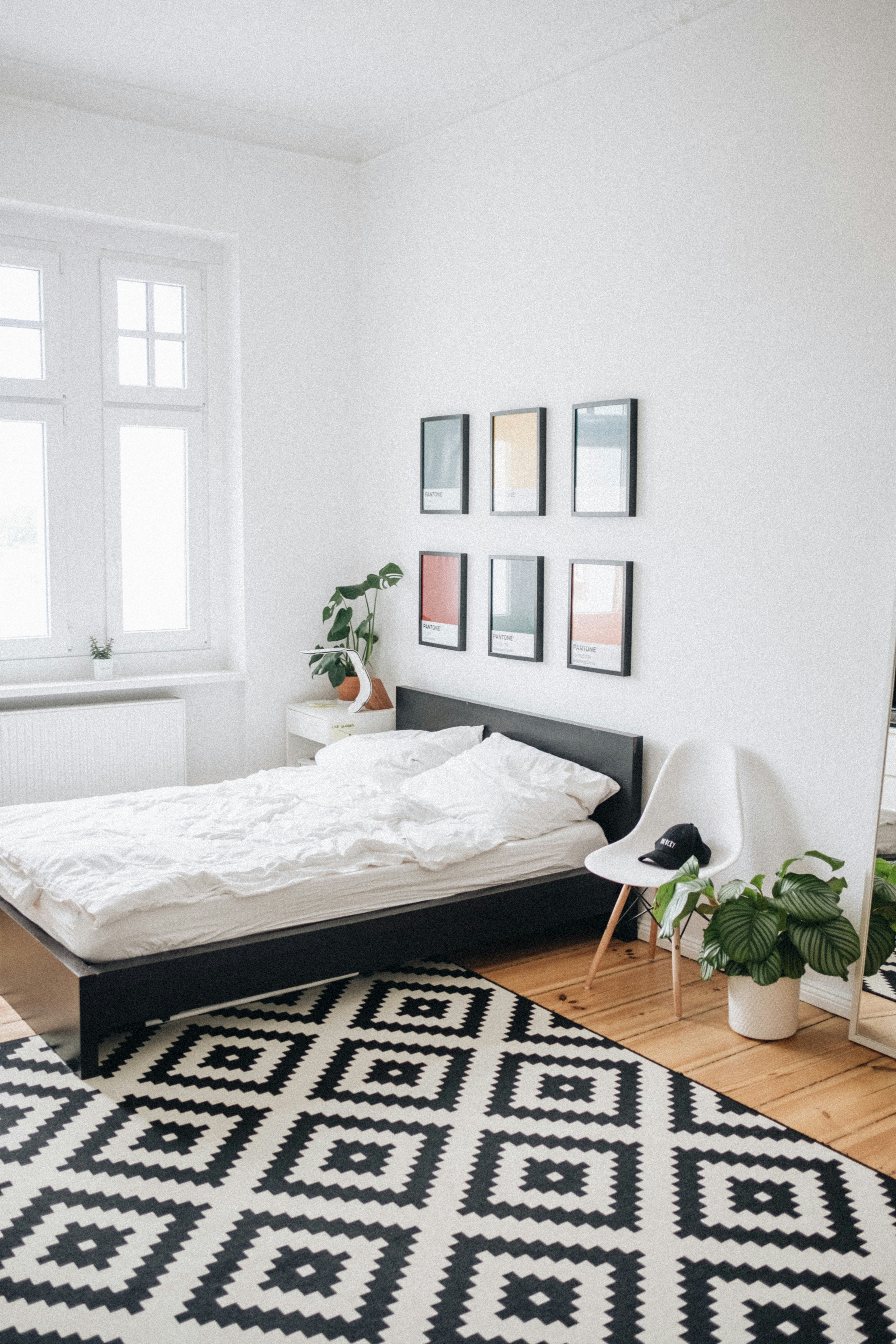Are you looking for ways to soundproof your bedroom door and create a quieter and more peaceful environment? Luckily, there are some simple and effective methods you can try! One option is to use weatherstripping tape or door sweeps to seal any gaps around the door, preventing sound from leaking in or out.
Additionally, hanging thick curtains or drapes can help absorb and block sound waves. Another handy tip is to install a door sweep or draft stopper at the bottom of the door to prevent sound from sneaking through that area.
By implementing these easy soundproofing techniques, you can enjoy a more serene and undisturbed atmosphere in your bedroom.
Choosing the Right Materials
Evaluate the Current Door
Before you begin soundproofing your bedroom door, it’s important to evaluate its current state. Check for any damage or wear and tear, as these issues can affect the effectiveness of the soundproofing materials.
Make sure the door is properly aligned and is in good overall condition. If there are any major issues with the door, it may be necessary to repair or replace it before moving forward with the soundproofing process.
Consider Soundproofing Options
Once you have assessed the condition of your door, it’s time to consider the different soundproofing options available to you. There are various materials and techniques that can help reduce noise transmission through your door.
Some popular options include weatherstripping, acoustic panels or curtains, soundproof blankets or heavy drapes, soundproofing paint, and door seal kits. Each option has its own advantages and disadvantages, so it’s important to choose the one that best suits your needs and budget.
Check for Gaps and Air Leaks
One of the easiest and most effective ways to improve the soundproofing of your bedroom door is to check for any gaps or air leaks. These gaps can allow noise to easily pass through your door, reducing its ability to block out sound.
Carefully examine the edges and corners of your door for any noticeable gaps. Pay special attention to the area where your door meets the frame, as this is a common location for air leaks.
By identifying and sealing these gaps, you can significantly enhance the soundproofing capabilities of your door.
Sealing the Door
Weatherstripping
Weatherstripping is a simple yet effective way to seal gaps around your bedroom door. It involves applying a strip of material, such as rubber or foam, along the edges of the door to create a tight seal. This will help prevent air leakage and reduce noise transmission.
Weatherstripping is easy to install and can be found at most hardware stores. Measure the dimensions of your door and purchase weatherstripping that matches the size.
Simply peel off the adhesive backing and press the weatherstripping firmly against the door edges for a secure seal.
Door Sweep Installation
Another great option for sealing the bottom of your bedroom door is installing a door sweep. A door sweep is a strip of material, usually rubber or vinyl, that attaches to the bottom of the door and forms a seal against the floor.
This helps prevent noise from entering or escaping through the gap at the bottom of the door. To install a door sweep, measure the width of your door and cut the sweep to size if necessary. Then, attach the sweep to the bottom of the door using screws or adhesive, ensuring a tight fit against the floor.
Examine and Fix Gaps
In addition to weatherstripping and door sweeps, it’s important to examine your door for any remaining gaps or air leaks.
Use a flashlight to inspect the edges and corners of the door, as well as the area where the door meets the frame.
If you find any gaps, use a sealant or caulk specifically designed for soundproofing to fill them in. Apply the sealant carefully, ensuring a smooth and even finish. Allow it to dry completely before testing the door for improved sound insulation.

Adding Mass and Density
Attach Acoustic Panels or Curtains
Acoustic panels or curtains are an effective way to add mass and density to your bedroom door, which can help absorb sound and reduce noise transmission.
These panels are made of dense materials, such as fiberglass or foam, and can be easily attached to the surface of the door.
They come in various sizes and designs, allowing you to choose the option that best matches your aesthetics. Simply follow the manufacturer’s instructions to install the panels or curtains securely on your door.
Hang Soundproof Blankets or Heavy Drapes
If you’re looking for a more temporary solution to soundproofing your bedroom door, hanging soundproof blankets or heavy drapes can be an excellent option.
These blankets or drapes are specifically designed to block out noise and can be hung on a curtain rod or attached directly to the door.
They are typically made of dense, heavy fabrics that offer good sound absorption properties. Hang the blankets or drapes from top to bottom, ensuring they cover the entire surface of the door for maximum effectiveness.
Using Soundproofing Paint
Preparation
Soundproofing paint can be a great option for adding an extra layer of sound insulation to your bedroom door. Before applying the paint, it’s important to properly prepare the surface.
Start by cleaning the door with a mild detergent to remove any dirt or grease. Sand the door lightly to create a smooth surface for the paint to adhere to.
Fill in any cracks or holes with a suitable filler and sand again once it has dried. Finally, cover the surrounding areas with masking tape to protect them from the paint.
Application
Once the door is properly prepared, you can start applying the soundproofing paint. Use a paintbrush or roller to apply a thin, even coat of paint to the entire surface of the door.
Pay special attention to any areas that may be more prone to sound leakage, such as the edges and corners.
Take care to follow the manufacturer’s instructions regarding drying times and the number of coats required for optimal soundproofing. Allow the paint to dry completely before moving on to the next coat or step.
Repeat Coating
To achieve the best results with soundproofing paint, it’s often necessary to apply multiple coats. This will help build up the thickness of the paint and enhance its sound insulating properties.
Follow the same application process as before, allowing each coat to dry fully before applying the next one. Be patient and take your time to ensure that each coat is applied evenly and thoroughly.
The number of coats required may vary depending on the specific paint product you are using, so refer to the manufacturer’s instructions for guidance.

Installing a Soundproof Door Seal Kit
Measure the Door
Before you can install a soundproof door seal kit, you need to accurately measure the dimensions of your door. Measure the height and width of the door, as well as the thickness. Take note of these measurements, as they will be crucial when purchasing the seal kit.
Attach the Seal Kit
Once you have acquired a soundproof door seal kit, carefully follow the manufacturer’s instructions for installation. Typically, these kits will include adhesive strips that need to be applied to the door edges.
Begin by cleaning the door surface to ensure proper adhesion. Next, measure and cut the adhesive strips to the appropriate length, aligning them with the top, bottom, and sides of the door. Press the strips firmly against the door edges, making sure they adhere securely.
Adjustment and Final Touches
After attaching the seal kit, it’s important to make any necessary adjustments to ensure a tight seal. Close the door and check for any areas where the seal is not properly aligned or where there may be gaps.
Use a utility knife or scissors to trim the adhesive strips as needed. Test the door by opening and closing it to ensure a proper fit and to verify that the soundproofing is effective. Make any final adjustments or touch-ups as necessary for optimal soundproofing results.
Filling Door Cavities with Soundproofing Material
Removing the Door from Hinges
To fill the cavities of your bedroom door with soundproofing material, you will need to remove the door from its hinges. Start by closing the door and carefully place wedges or shims underneath to support its weight.
Unscrew the hinges from the door frame using a screwdriver or drill, making sure to hold the door in place to prevent it from falling once the hinges are removed. Once the hinges are detached, carefully lift the door off the hinges and set it aside in a safe location.
Apply Green Glue or Resilient Channels
With the door removed, you can now apply a soundproofing material such as Green Glue or resilient channels to the cavities.
Green Glue is a viscoelastic compound that helps dissipate sound vibrations, while resilient channels are metal strips that create a separation between the door and the wall.
Both options are effective in reducing noise transmission. Follow the manufacturer’s instructions for applying the chosen soundproofing material, ensuring that it is evenly spread or attached to the door cavities.
Rehang the Door
Once the soundproofing material has been applied, it’s time to rehang the door. Carefully lift the door and align the hinges with their respective positions on the door frame. Secure the hinges in place by screwing them back onto the frame using a screwdriver or drill.
Test the door by opening and closing it to ensure that it moves smoothly and that the soundproofing material has not affected its functionality. Make any necessary adjustments to the hinges or soundproofing material if needed.

Choosing a Solid Core Door
Evaluate the Current Door
If your current bedroom door is not providing sufficient soundproofing, it may be worth considering replacing it with a solid core door. However, before making this decision, evaluate the current state of your door.
Determine if the door is the source of the noise transmission or if other soundproofing measures can adequately address the issue.
If the current door is in good condition and the noise issue is primarily due to gaps or air leaks, it may be more cost-effective to focus on sealing the door rather than replacing it.
Consider Solid Core Door Options
Solid core doors are an excellent choice for soundproofing, as they are built with a solid core material that effectively blocks out noise. When choosing a solid core door, consider factors such as the thickness, density, and material of the door.
Thicker doors generally provide better sound insulation, while dense materials such as solid wood or composite materials offer improved noise reduction. Additionally, consider the aesthetics of the door and how it will fit in with the overall design of your bedroom.
Installation
Installing a solid core door is not a DIY task and typically requires professional assistance. Contact a reliable contractor or carpenter to ensure proper installation.
They will have the necessary tools and expertise to remove the existing door, fit the new solid core door into the frame, and secure it properly. Professional installation will help ensure that the door is installed correctly, maximizing its soundproofing capabilities and overall effectiveness.
Soundproofing the Door Frame
Evaluate the Door Frame
In addition to soundproofing the door itself, it’s important to assess the soundproofing capabilities of the door frame. Check for any gaps, cracks, or air leaks in the door frame that may compromise the soundproofing efforts.
Use weatherstripping or sealant to fill in any gaps or cracks, ensuring a tight seal between the door and the frame. Additionally, inspect the area where the frame meets the wall to make sure there are no gaps that would allow sound to travel through.
Use Soundproofing Tape or Putty Pads
To further improve the soundproofing of the door frame, consider using soundproofing tape or putty pads. Soundproofing tape is a self-adhesive material that can be applied to the edges of the door frame to create a tighter seal.
Putty pads, on the other hand, are sticky pads that can be placed around the frame to absorb sound vibrations. Both options are easy to apply and can significantly enhance the soundproofing capabilities of your door frame.
Covering the Door Frame with Mass Loaded Vinyl
Another effective method to soundproof the door frame is by covering it with mass loaded vinyl (MLV). MLV is a dense material that blocks and absorbs sound, preventing noise from passing through the door frame.
Measure the dimensions of your door frame and cut the MLV to size. Attach the MLV to the frame using adhesive or screws, ensuring a tight fit.
Be sure to cover all gaps and corners adequately. Once installed, the MLV will help minimize noise transmission and improve the overall soundproofing of your bedroom door.
Adding a Second Door
Evaluate the Space
If you are dealing with a particularly noisy environment and require maximum soundproofing, adding a second door can be a highly effective solution.
Before deciding to install a second door, evaluate the space available in your bedroom. Consider the dimensions and layout of the room to determine if there is enough space for a second door to open and close without hindering movement within the room.
Choose the Right Door
When adding a second door, it’s essential to choose the right type of door for optimal soundproofing. Solid core doors are generally the best choice, as they provide excellent noise reduction.
Consider the same factors mentioned earlier, such as thickness, density, and material, when selecting the second door. Additionally, ensure that the second door complements the design and aesthetics of your bedroom.
Installation
Installing a second door is a complex task that requires professional assistance. Consult with a contractor or carpenter who specializes in soundproofing to ensure proper installation.
They will assess the space, make necessary adjustments to the door frame, and securely attach the second door. Professional installation will ensure that the second door functions properly, seals tightly, and provides maximum soundproofing benefits.
Conclusion
Soundproofing your bedroom door can significantly improve your sleep quality and overall comfort by reducing noise disturbances.
By evaluating the current condition of your door, sealing gaps and air leaks, adding mass and density, using soundproofing paint, and considering options such as soundproof door seal kits or solid core doors, you can create a more peaceful and quiet environment in your bedroom.
Remember to choose the right materials and techniques that suit your needs and budget. With the right approach and the help of professionals when needed, you can successfully soundproof your bedroom door and enjoy a more relaxing and restful space.




